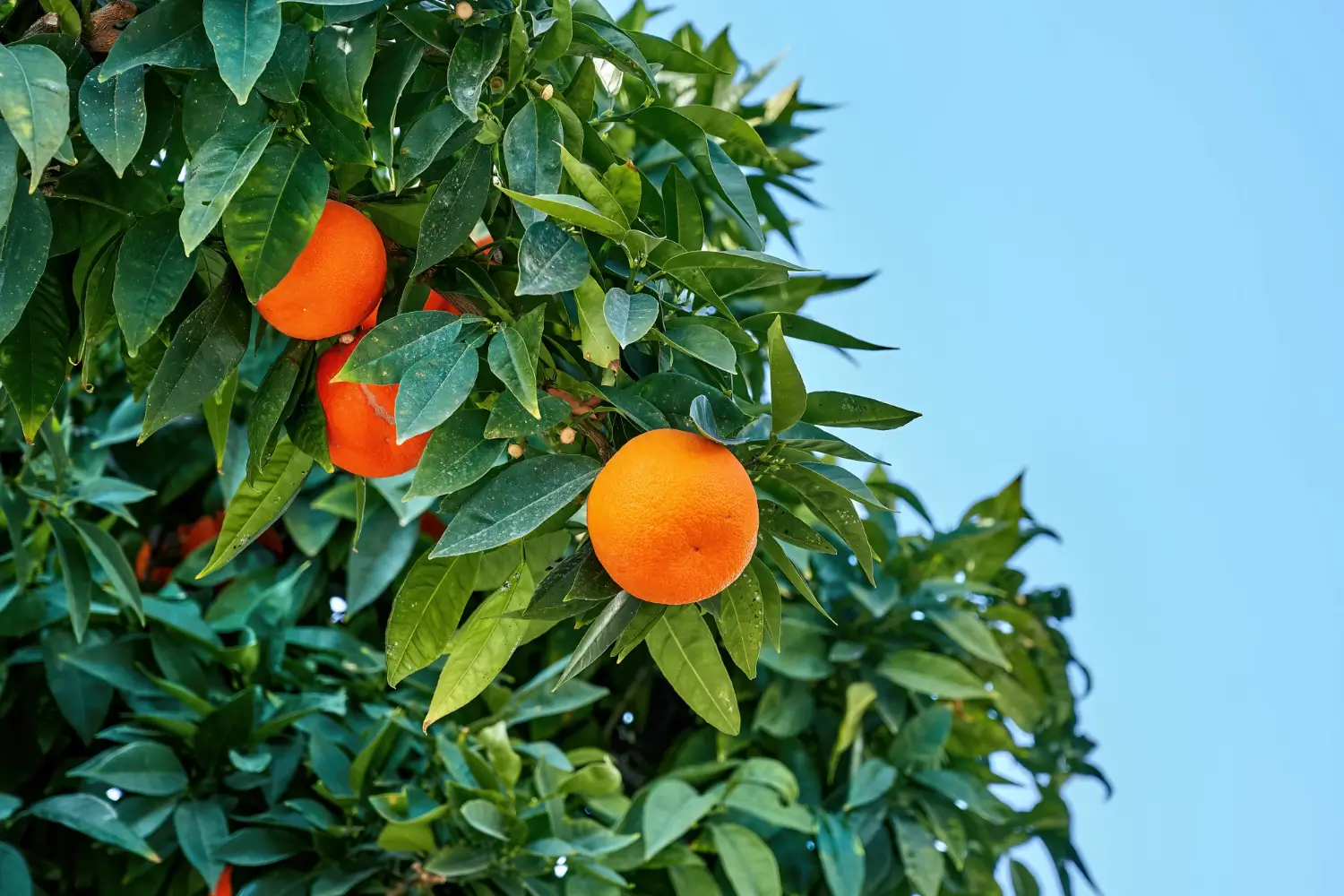
Soil Health & Fertilization
We unite suppliers and green industry professionals worldwide
The Pacific Rhododendron is the demonstration of natural beauty.This large-leaved rhododendron offers striking pink to rosy-purple blooms that light up shady corners of the landscape each spring.
By Mariam Scott
|Published on June 12, 2025
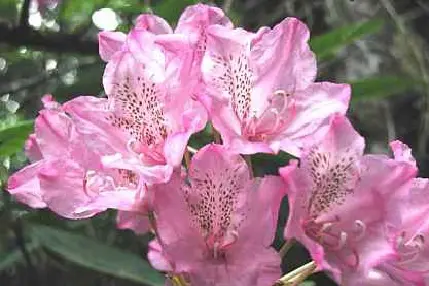

“Ever dream of capturing the wild elegance of the Pacific Northwest in your own backyard?”
The Pacific Rhododendron (Rhododendron macrophyllum) is not just another garden shrub — it is the demonstration of natural beauty and botanical pride. Native to the coastal forests of the Pacific Northwest and the official flower of Washington State, this large-leaved rhododendron offers striking pink to rosy-purple blooms that light up shady corners of the landscape each spring.
Loved for its ability to create a lush, woodland feel in the garden, this species of rhododendron thrives in acid soil. The plant is hardy, evergreen, and remarkably low maintenance if given the right growing conditions. The Pacific Rhododendron is ideal for gardeners who are enthusiastic about native plants, pollinator-friendly gardens or simply want to absorb a bit of wild charm into their spaces.
| Common Names | Pacific Rhododendron, Coast Rhododendron |
| Botanical Name | Rhododendron macrophyllum |
| Type | Broadleaf evergreen shrub |
| Height/Spread | 6 to 12 feet tall, 5 to 8 feet wide |
| Sunlight | Partial shade to dappled light |
| Soil | Moist, acidic, well-draining |
| Watering | Moderate, likes consistent moisture |
| Bloom Period | Late spring to early summer |
| Hardiness Zones | 6 to 9 |

September 25, 2025
9 minute read
September 24, 2025
9 minute read
September 23, 2025
10 minute read
September 22, 2025
9 minute read


Join as a seller and connect with thousands of B2B buyers nationwide!
Sign Up
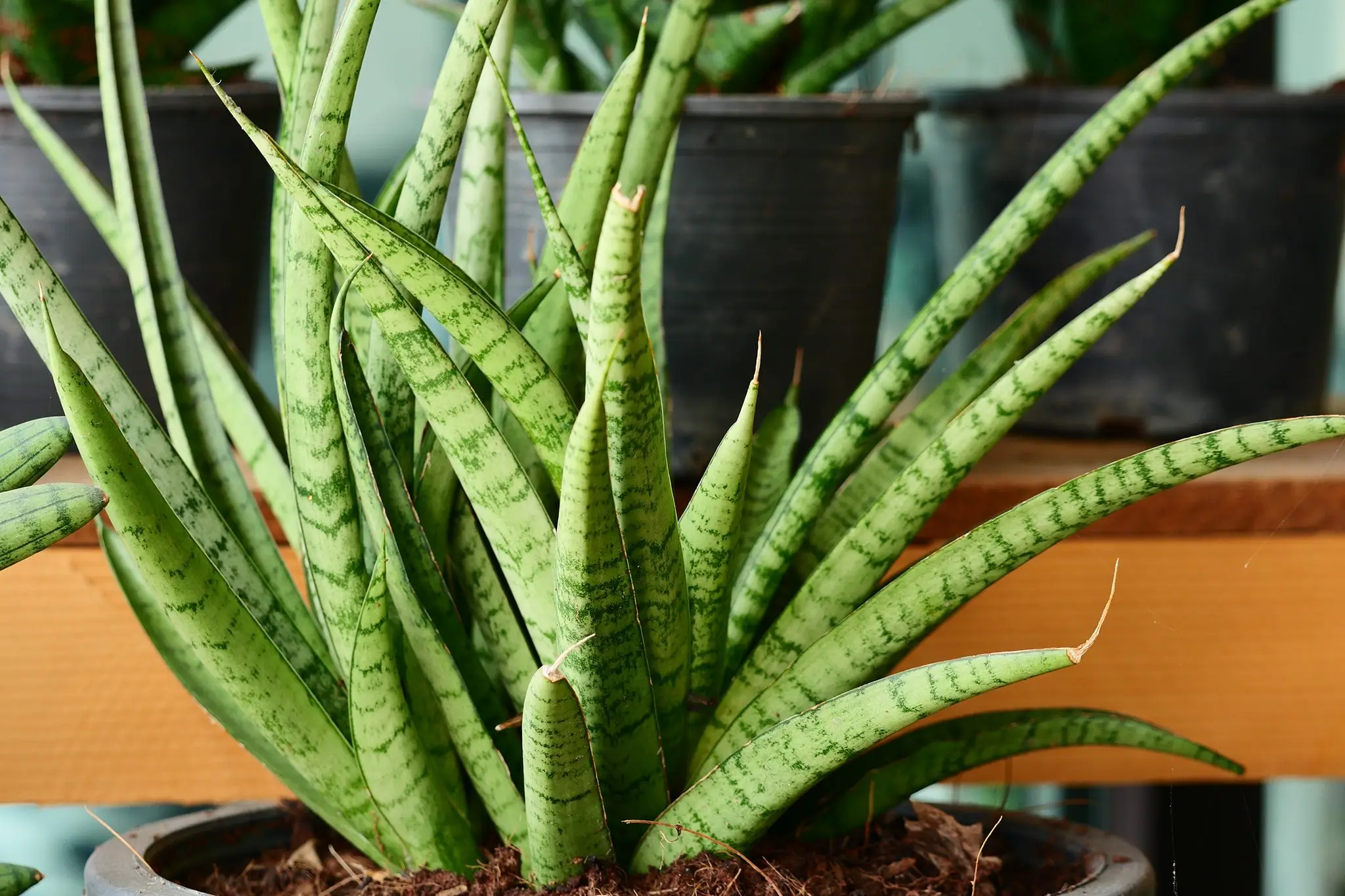
African Spear Plant
The African Spear Plant (Sansevieria cylindrica), also known as cylindrical snake plant or spear sansevieria, is a hardy, architectural succulent native to Angola.
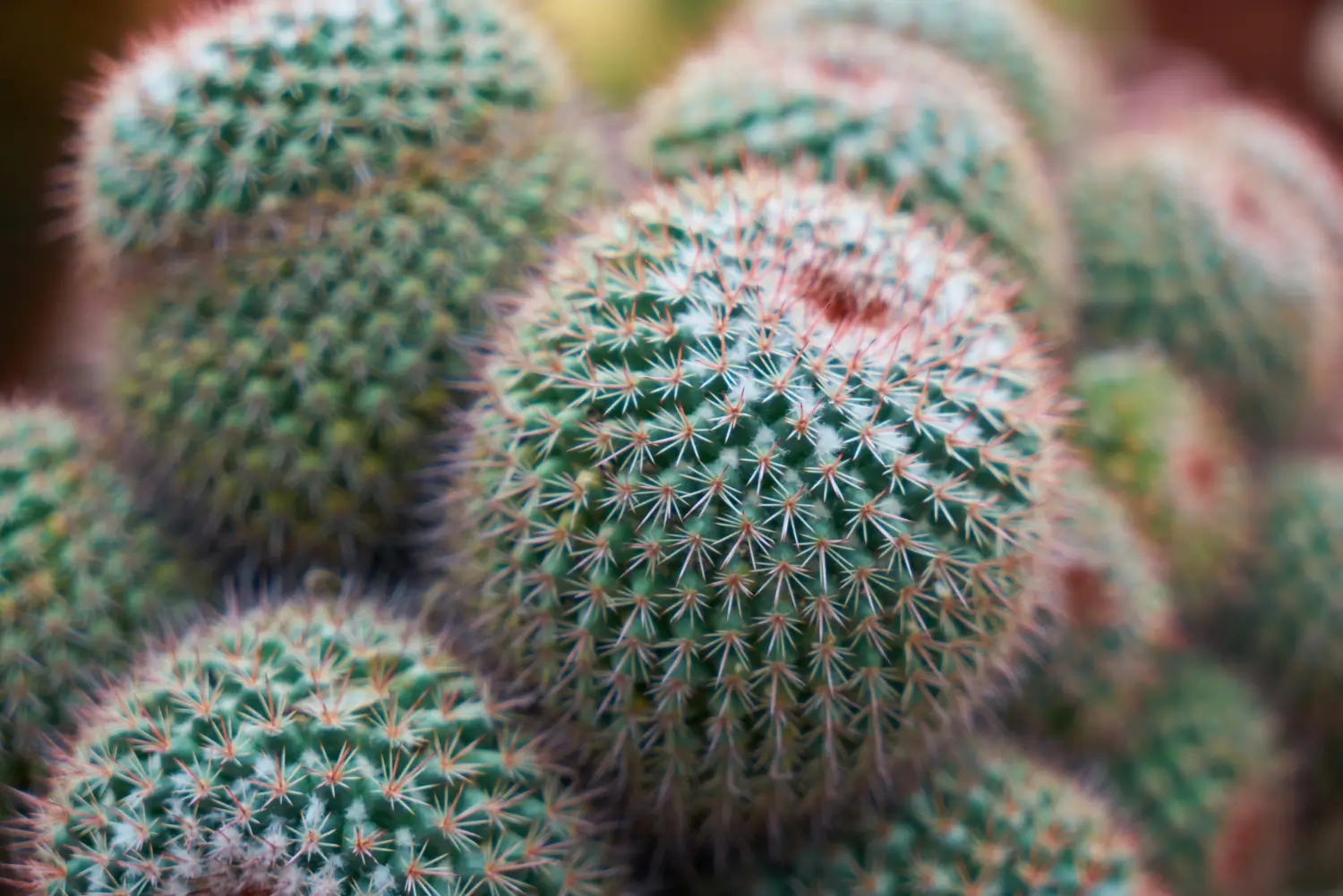
Ball Cactus
The Ball Cactus (Parodia magnifica and related species in the Notocactus group) earns its name from its globe-like form and neatly spaced ribs, giving it the appearance of a botanical sculpture
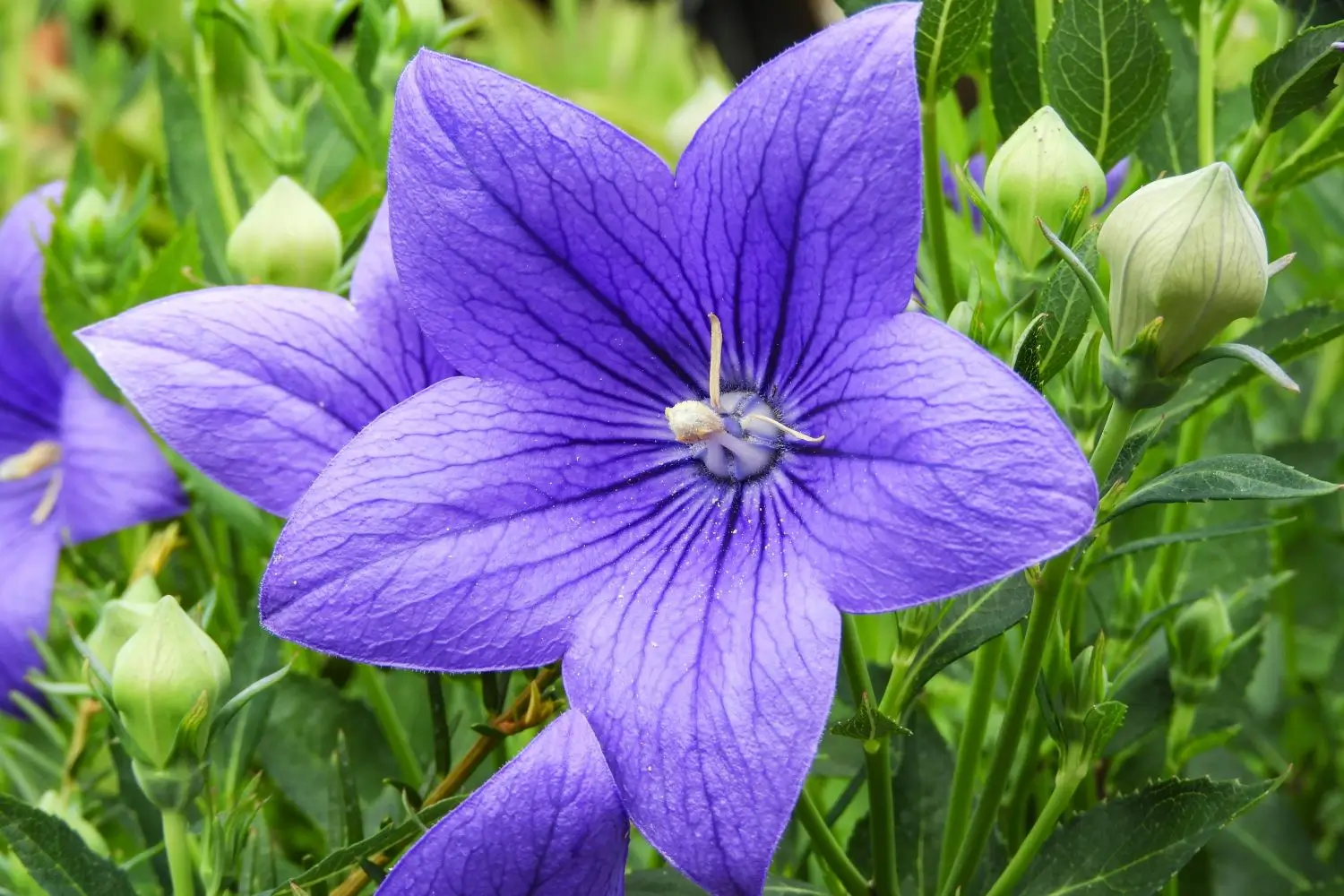
Balloon Flower
The Balloon Flower (Platycodon grandiflorus) is an easily grown perennial that presents its balloon-like buds, which erupt into 5 petaled star shaped flowers
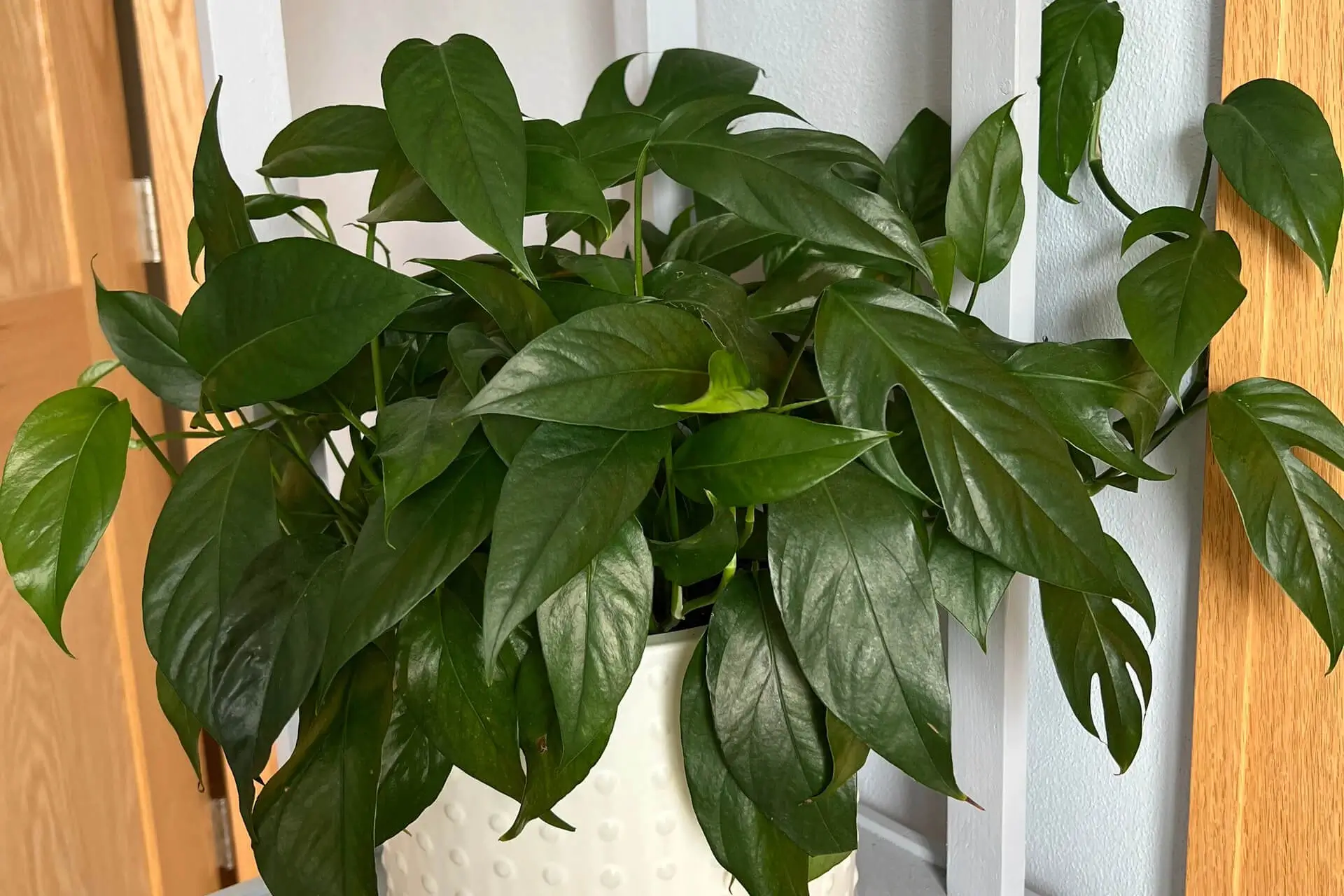
Baltic Blue Pothos
Baltic Blue Pothos (Epipremnum pinnatum ‘Baltic Blue’) is a dramatic variety named for its deep bluish-green leaves, which striking natural splits appear as they grow and evolve
Pacific Rhododendrons are well-behaved in woodland or native plant gardens with cool roots and filtered light, where they thrive in slightly acidic soil. Once established, these shrubs do best with little fuss. Although slow to grow in their early years, they become big, bushy specimens that can serve as structural focal points in shady landscapes. Mulching and watering in dry spells will keep them looking lush and ensure healthy blooms.
They tolerate partial shade, particularly in hot summer climates. Dappled sunlight under tall trees mimics their natural environment. While they can tolerate more sun in coastal areas, excessive direct light in hotter regions may scorch the leaves and reduce bloom performance. Morning sun and afternoon shade are ideal for them.
Soil should be well-draining and rich in organic matter, and ideally acidic, with a pH between 4.5 and 6.0. Heavy clay should be amended with compost and fine bark to improve aeration. A mulch of pine needles or shredded bark helps keep the root zone cool and adds acidity over time. Steer clear of alkaline soils, which can cause nutrient deficiencies and yellowing leaves.
Soil should be kept constantly moist but NEVER soggy. Until your new plants are established you will need to monitor them carefully and give them a good drink when conditions are dry. Established Pacific Rhododendrons are relatively drought tolerant, but they appreciate being watered deeply once or twice a week in dry weather. Avoid overhead watering when possible to prevent fungal issues.
Pacific Rhododendrons don’t really need pruning unless you’re shaping them or removing dead or damaged wood. The ideal time to prune is soon after flowering, in early summer, so you don’t snip off next year’s buds. Trim back leggy stems or shape the shrub gently with clean, sharp pruners. Removing faded flowers — deadheading — also improves appearance and prevents seed formation, rechanneling energy into foliage and root development.
This plant can be propagated by both seed and semi-hardwood cuttings, though patience is key.
Propagation success varies, but with care, you can grow your own forest-inspired rhododendrons from scratch.
Pacific Rhododendrons grow well in larger pots, as long as they are on cool, shady patios or balconies.
In the 6–9 range, Pacific Rhododendrons are tough enough to endure the winter with little assistance. But in colder areas or more exposed locations:
The Pacific Rhododendron flowers between late spring and early summer, bearing clusters of funnel-shaped flowers in pink, purple, or lavender colors. Blooms can last for weeks, depending on conditions. Conditions for proper flowering are sufficient moisture, filtered light, and absence of stress caused by inadequate pruning or poor soil. Annual mulching and light spring feeding is helpful for forming healthy buds every year.
Pacific Rhododendrons are pretty tough, but they can run into a couple of issues:
The Pacific Rhododendron is not just a pretty face—it’s a resilient, native shrub that adds grace, color, and structure to shaded landscapes. The stunning flowers and evergreen leaves provide year-round beauty with little maintenance. If you want to add a bit of the Pacific Northwest’s soul into the garden, this plant is a beautiful, meaningful one to select.
The plant is moderately resistant to deer; young shoots may be browsed in early spring.
Only in coastal climes with cooler temps. Inland or hot areas should stick to partial shade for good health and blooms.
It grows slowly—approximately 6–12 inches per year —but you can think of it as a large shrub if left unpruned.
No. All parts of the rhododendron plant are toxic to pets if ingested.

Soil Health & Fertilization
Victor Miller
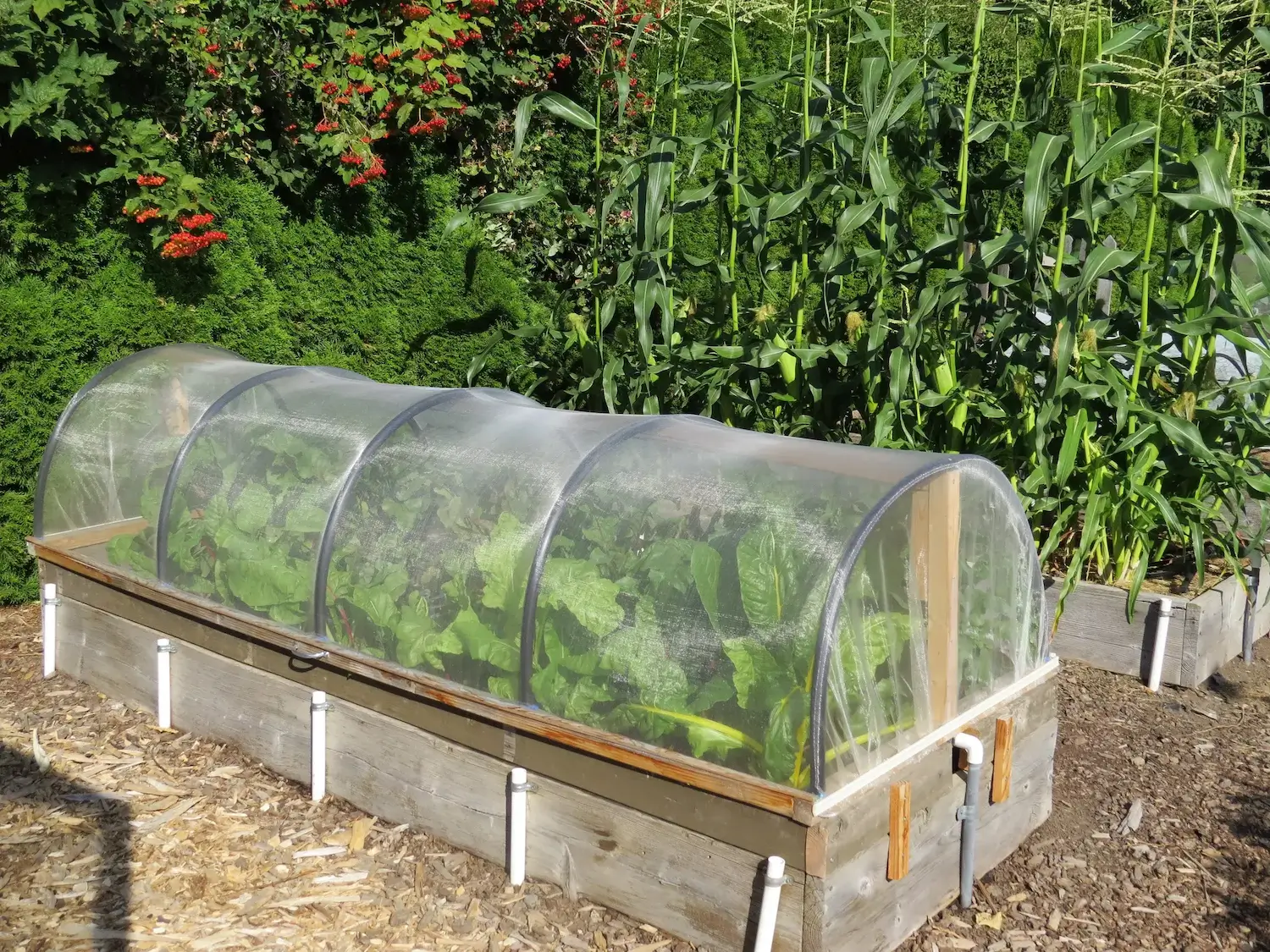
Pest Identification & Prevention
Victor Miller
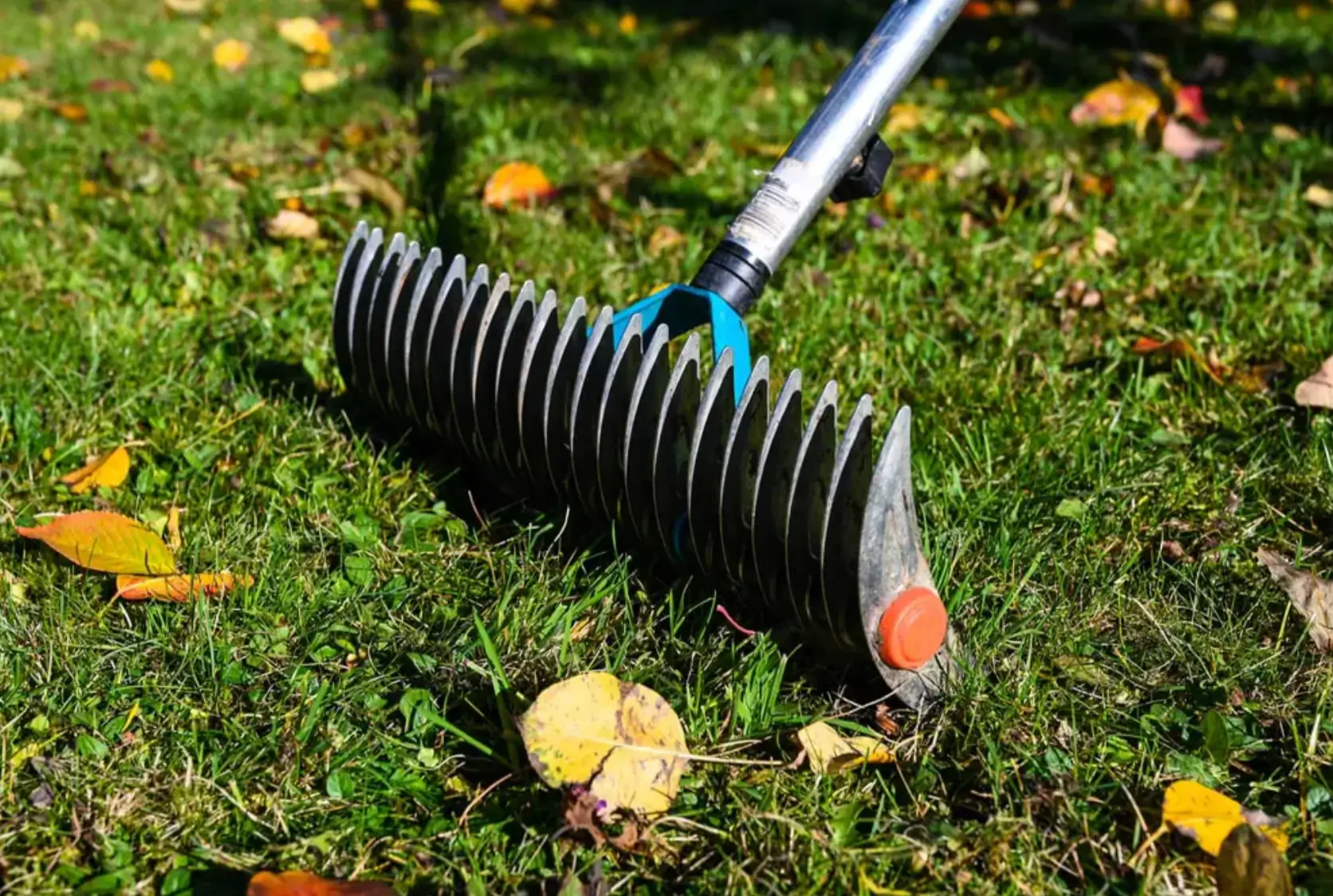
Lawn Care Tips & Maintenance
Victor Miller
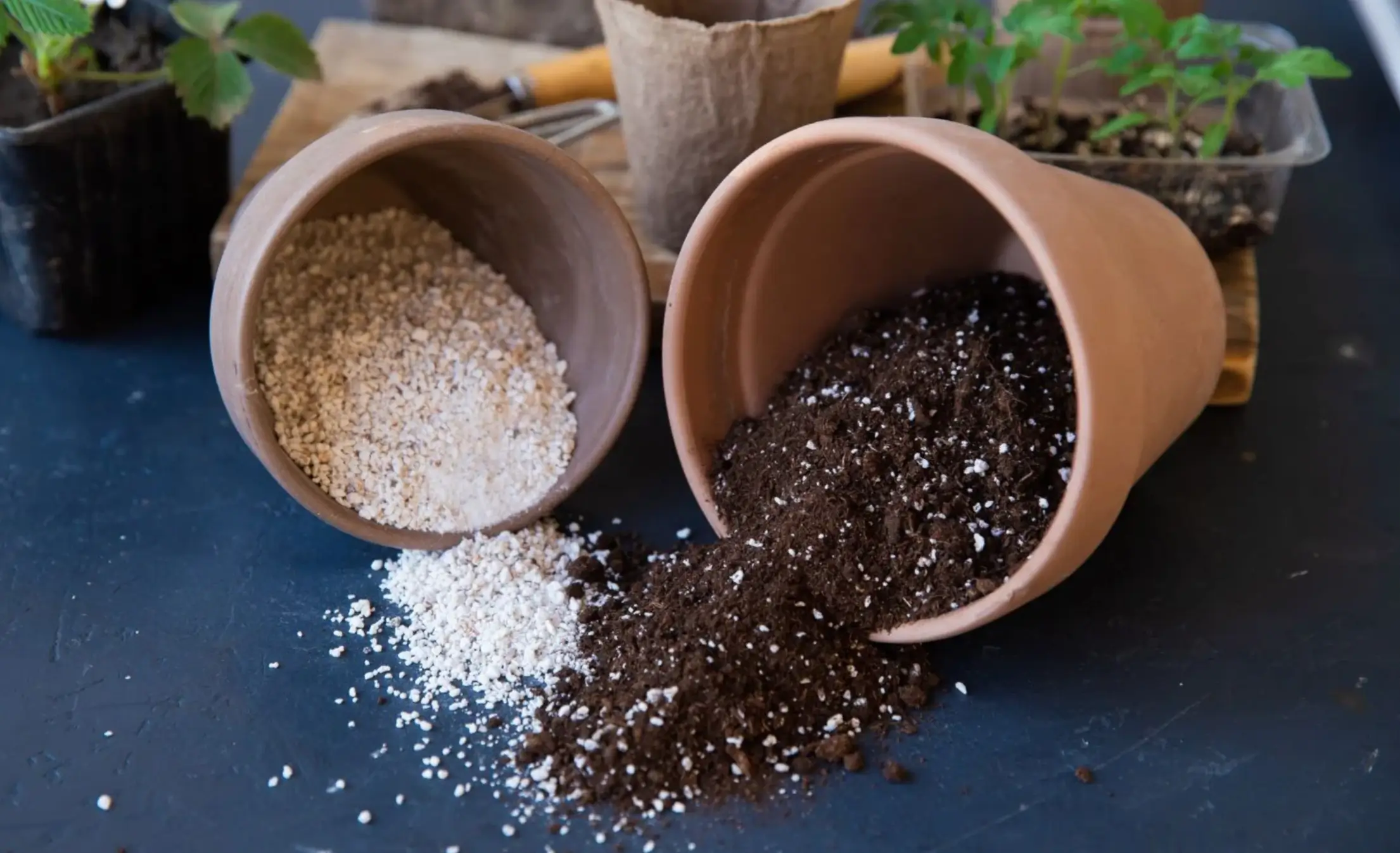
Soil Health & Fertilization
Victor Miller

Smart Irrigation Systems
Victor Miller
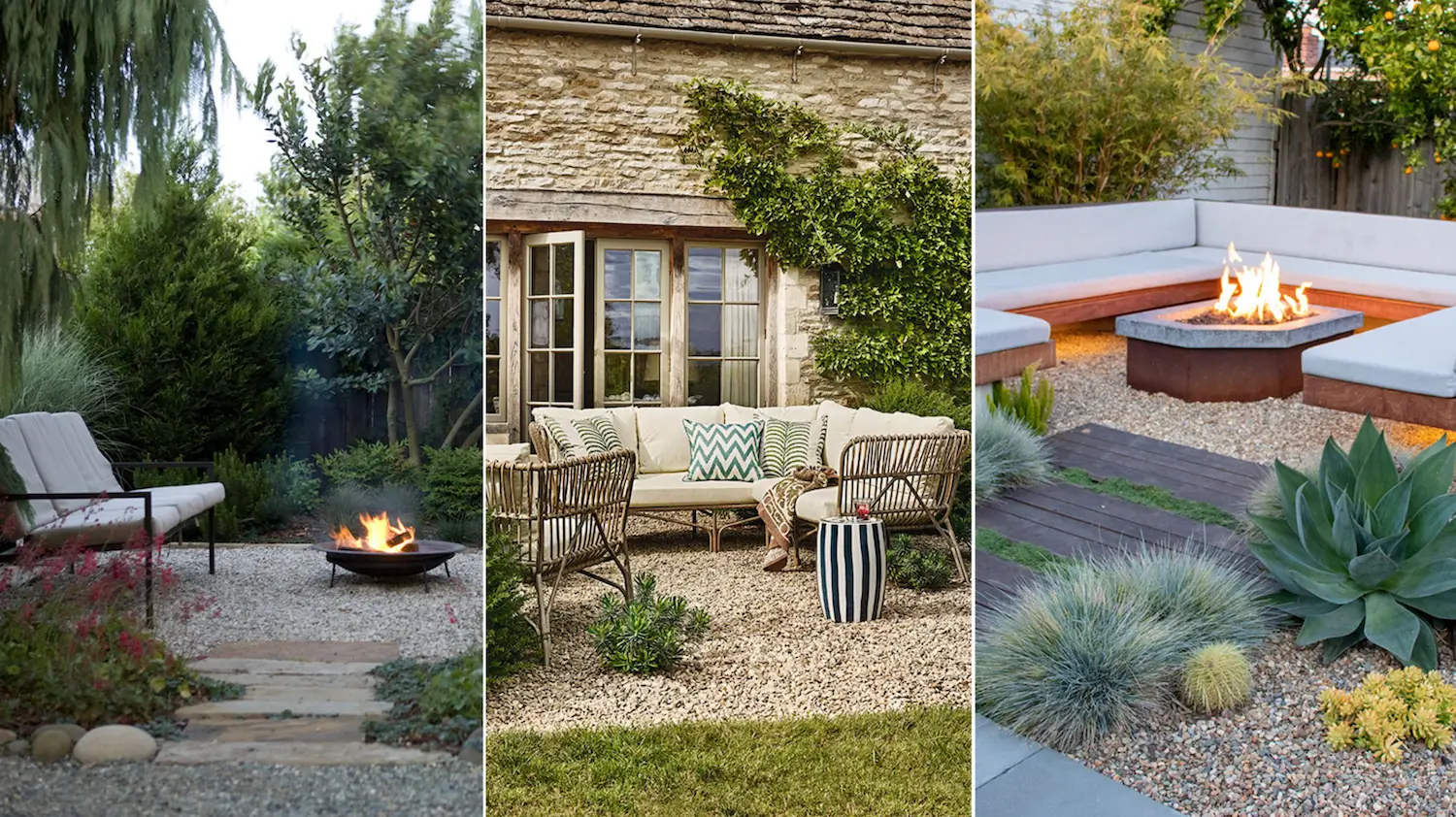
Patios, Walkways & Driveways
Victor Miller
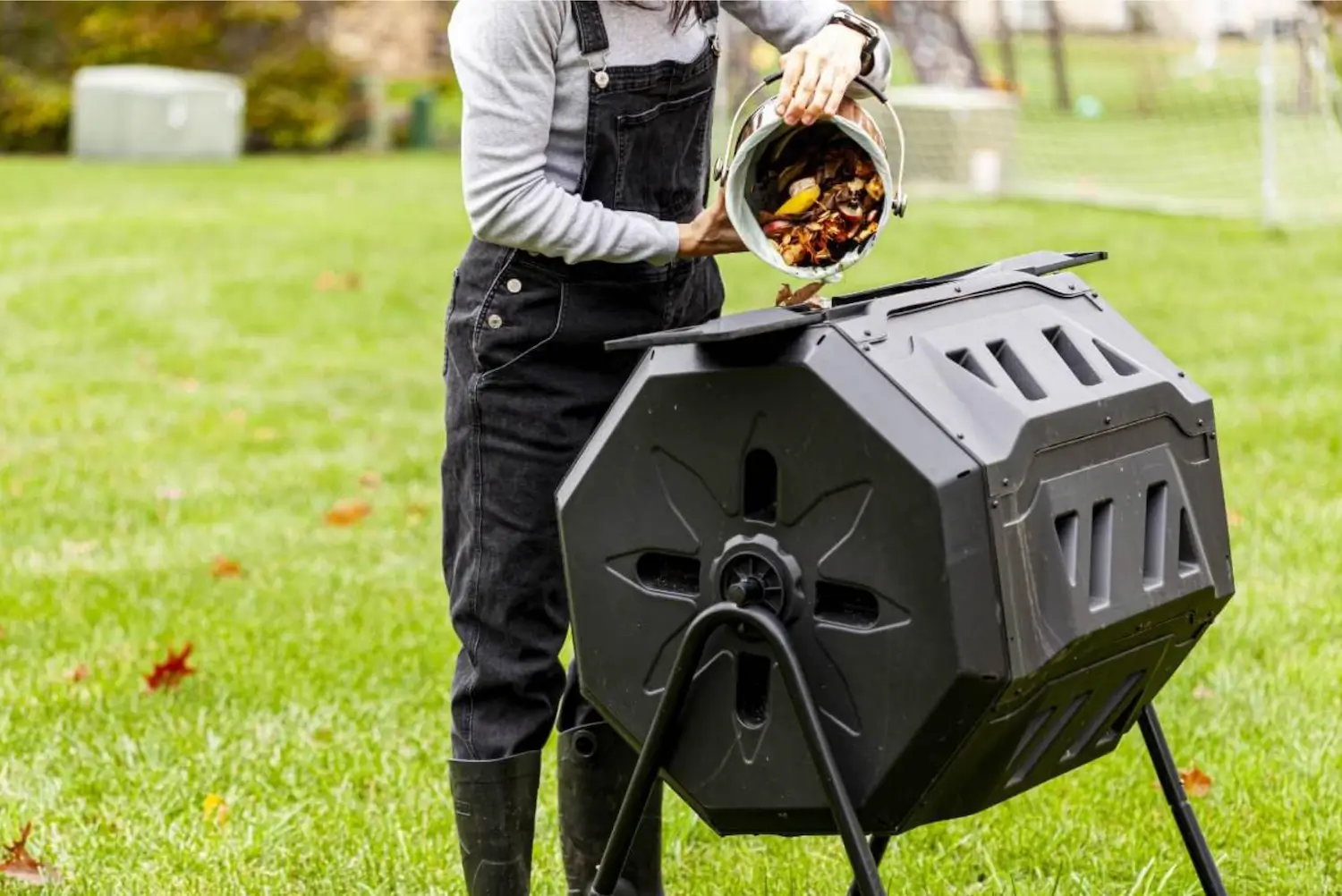
Soil Health & Fertilization
Victor Miller
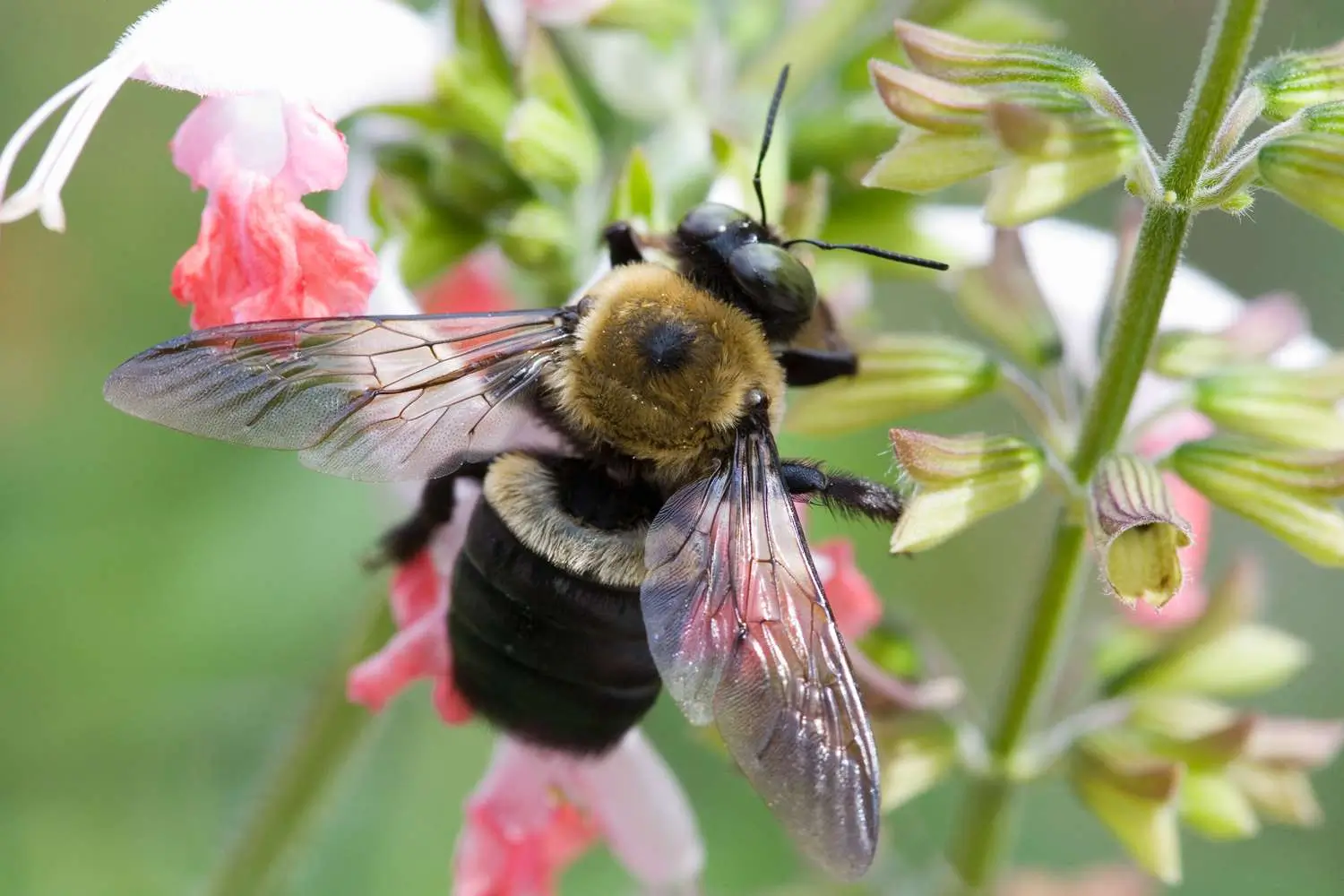
Pest Identification & Prevention
Victor Miller
My Account
Our team is always here to help.
We are open Monday - Friday, 9:00 AM to 4:30 PM PST.